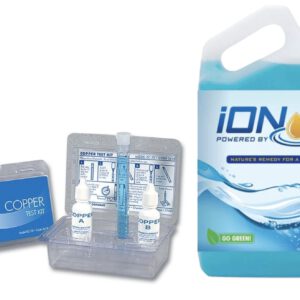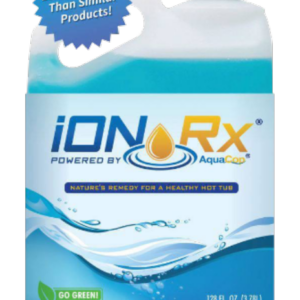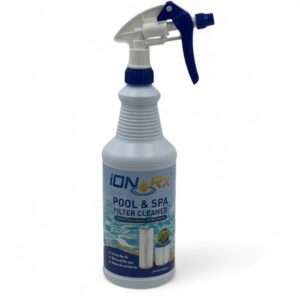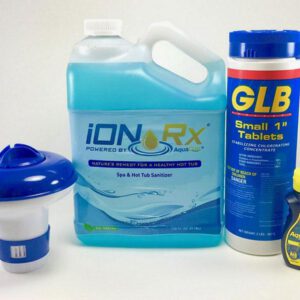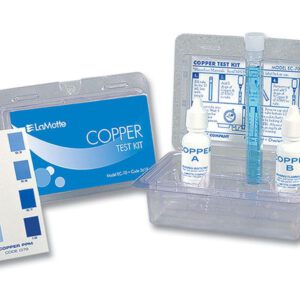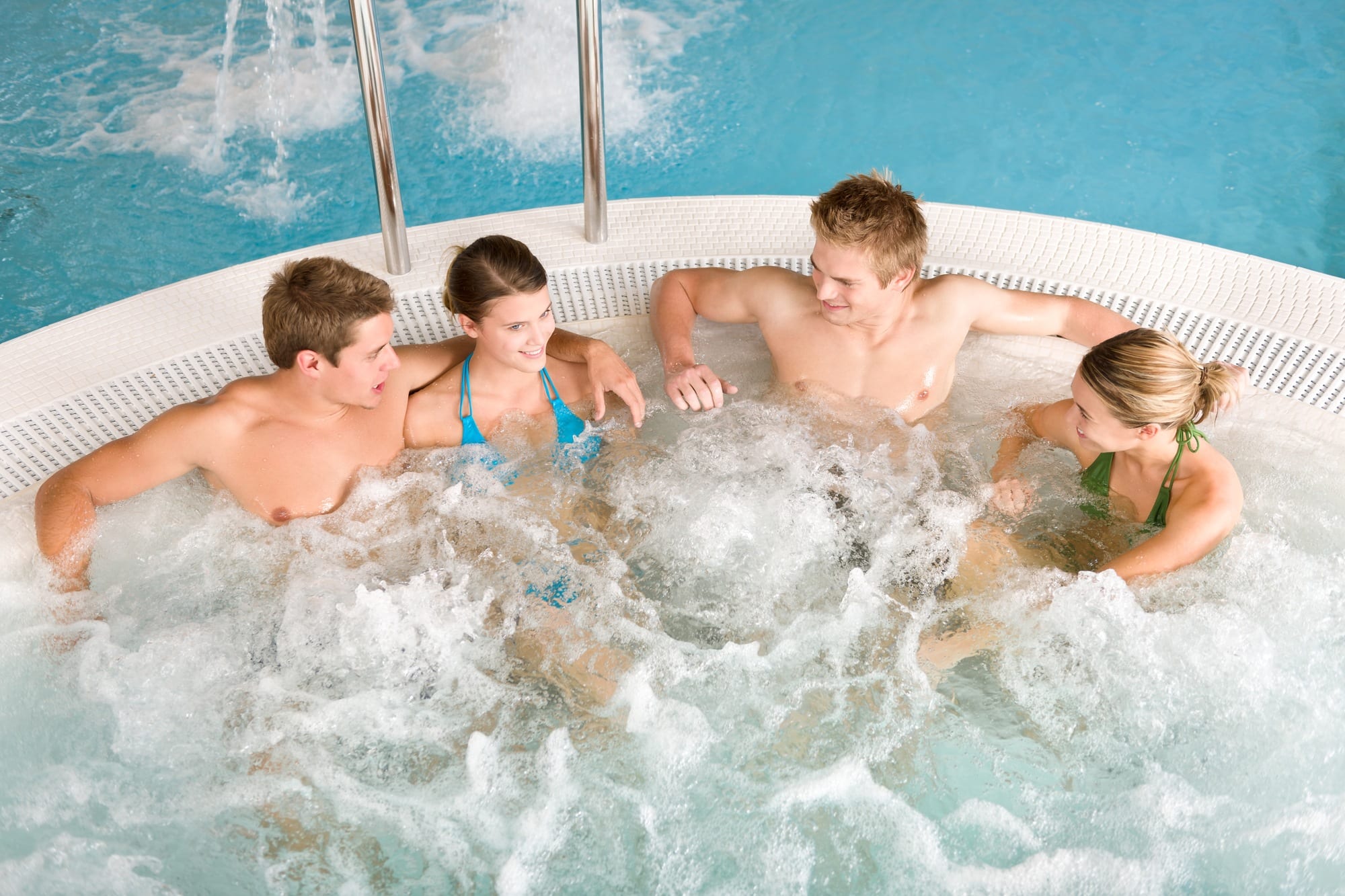 Ever since we started our adventure of treating water through the use of the free copper ion, one question is always brought up to us, “Can my hot tub or swimming pool cause asthma”?
Ever since we started our adventure of treating water through the use of the free copper ion, one question is always brought up to us, “Can my hot tub or swimming pool cause asthma”?
This is an interesting question and although I am certainly not a medical doctor, it has challenged me to go and get some answers for myself and our clients. When we first started our swimming pool service company in SW Florida in 2008, our first clients were always medical professionals, which I found interesting.
If you look at the video on our about us page, the woman speaking in the video was our very first client, who is a nurse and happens to be married to…you guessed it…a doctor. Out of our first fifty clients, I would say almost half of them were in the medical field. They always discussed with us how dangerous too much chlorine was and how what we were doing was a good thing health-wise. I asked them what their thoughts were on how the chlorine gases affected health and they always brought up asthma.
Perhaps you have heard the term chloramine or THM (Trihalomethanes) before?
These are developed when chlorine reacts with bodily proteins, such as water-borne bacteria and other living organisms. When this reaction occurs, it produces gases called chloramines and/or THM that sit just above the water line of pools and spas.
The most prevalent byproduct is nitrogen trichloride, the gas that gives that chlorine smell, especially in an indoor facility, and it is usually what makes your throat tickle or nose itch. In a bromine treated spa or pool, the byproduct is called bromamines, which is less potent than chloramines and THM, but bromine needs to be shocked with chlorine to oxidize, which then will produce chloramines – so you could have chloramines and bromamines at the same time… great.
Asthma Research and Studies
Recent studies have provided some remarkable findings on the direct link with chlorine-based products for swimming pools and spas and asthma or occupational asthma, as it is better known as. It has been known for a long time that chloramines and THM’s have contributed to the development of asthma symptoms, but these studies are now proving that chloramines and THM’s are actually causing asthma in patients that were previously healthy individuals.
Prolonged exposure to these gases is a risk, particularly in the case of hot tubs and spas because your head sits directly in the chloramine zone just above the water line for a prolonged period of time. This does not only irritate the sensitive areas in the eyes, nose, and throat but also can cause asthma and/or exacerbate asthma symptoms.
One study followed participants to assess the impact of the time they spent around swimming pools and spas on the condition of their lung tissue. The results of the study showed further evidence for the link between harmful chloramines and THM’s and asthma symptoms.
Participants that were exposed to traditional swimming pool levels of chloramines and THM’s for only fifteen minutes per day were found to have lung damage directly proportional to the amount of time they spent around the chlorine treated pool. The more time they were exposed to chloramines and THM’s the greater the damage to their lungs.
Anyone who has gone swimming in a pool or relaxed in a spa has experienced rough, brittle hair and dry, itchy skin as a result of the chlorine and bromine levels in the pool or spa. These reactions in the body occur when chlorine and bromine chemically bond with the proteins in the hair, skin, and scalp.
Most health departments recommend swimming in a pool with a chlorine level between 1.5 ppm to 3 ppm. Unfortunately, it is very rare to swim in a pool with that low level of chlorine, due to operators thinking more is better. Most home operators of pools and spas run their equipment at chlorine levels two to three times higher than even that due to lack of experience.

Also, people who have salt systems might believe they have dodged this issue – nope!
More times than not, when salt system pools and spas are tested they are at even higher levels of chlorine. It is worth noting that salt-based systems do not produce the amount of chloramines that traditional chemicals do, but now you are introducing high levels of sodium to your body and salt is very damaging to the equipment of your spa or pool.
There is a direct correlation to the amount of chlorine and/or bromine and the potential amount of damage you may be doing to your lungs. The thought should be “how low can you go”? Versus “more is always better”. Even the head of the National Pool Water Treatment Advisory Group admits this is a serious issue but contends that they are constantly looking at ways of reducing the levels of chloramines while continuing to retain the necessary protection against infection in the water.
How is iONRx® a Better Solution When It Uses Low-Level Chlorine?
Great question! This is kind of a neat answer.
As we discussed in the above paragraph, chlorine reacts with bodily proteins, such as waterborne bacteria, skin particles, sweat, and urine which then produces chloramines and THM’s. The more bacteria and proteins the greater the amount of chlorine is needed to battle these proteins.Research shows that live bacteria require even more bacteria-killing chlorine, which will produce more chloramines.
iONRx® has been independently lab and university tested to dramatically lower the bacteria in bodies of water. iONRx® does most of the “heavy lifting” in controlling the bacteria in a totally natural, non-toxic method that produces ZERO chloramines or THM’s. By providing this much assistance in biological control, the amount of chlorine needed to “do the job” of keeping the water safe and clear is greatly reduced, which then produces much less nitrogen trichloride gas or chloramines.
In conclusion, iONRx® drastically lowers the amount of chlorine in a pool and spa which will then greatly lower the amount of chloramines that are produced. iONRx® and AquaCop are used in numerous indoor applications for this primary reason.
Hospitals, recreation centers, and professional sports teams rely on our technology for assis

ting in keeping the air quality in their buildings as free and clear of chloramines and THM’s as possible. One the main reasons we decided to develop iONRx® was due to the fact that when sitting in a hot tub or spa your head is directly in the “chloramine zone”, which really affects the spa experience.
Since the introduction of iONRx® one of our greatest compliments is that our clients share with us is just how much “cleaner” the air seems to be when using iONRx®. We take that as a great compliment!
It’s a win – win !!!!


